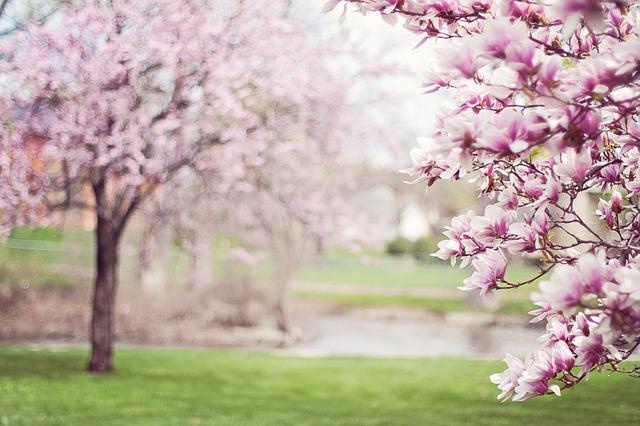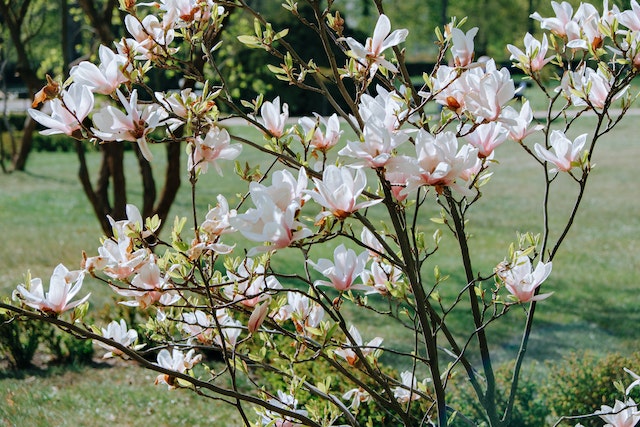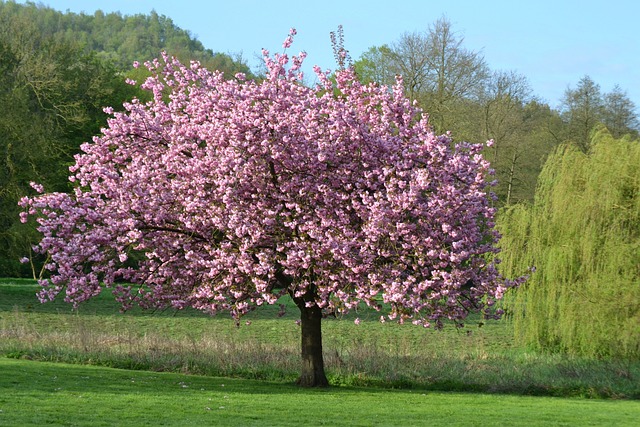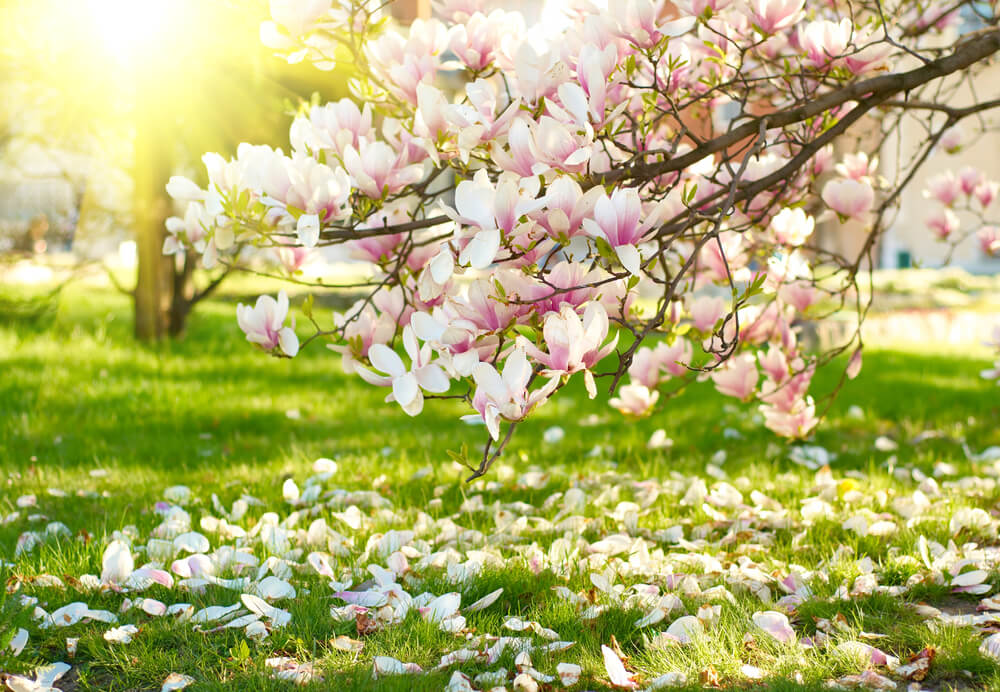Magnolias are lovely ornamental trees that give a yard a touch of dazzling elegance. Their beautiful tulip- or star-shaped flowers vary in color from pink to white to magenta to yellow. Most also have a pleasant aroma.
Whether you’re growing your magnolia tree inside or outdoors, you have several options for planting it. But where do magnolia grow best? Keep reading to find out.
Types of Magnolia and Where They Grow Best

The Southern Magnolia Plant (Magnolia Grandiflora)
Magnolias thrive almost everywhere in the United States. The most recognizable variety is the Southern magnolia, a summer-blooming evergreen with enormous, waxy white flowers. It flourishes in USDA Hardiness Zones 7 to 10 in the south.
The flowers bloom intermittently from May to July but have a powerfully lemony aroma and large, glossy green leaves. This species of magnolia may reach up to 100 feet in height; however, some cultivars or varieties are shorter.
Sweet Bay Magnolia

This hardy type (the very first to be recognized) is native to the southern United States, is tolerant to Zones 4–10, and is either evergreen or deciduous depending on the Zone that it is cultivated. It may reach a height of 50 feet in its native southern environment and is evergreen.
In northern regions, it may develop as a semi-evergreen or deciduous, smaller bush-like tree. It has comparable flowers to its companion, the Grandiflora, but they are far smaller, reaching about three inches in diameter. Its lighter-colored leaves are highly aromatic.
Japanese Magnolia (Magnolia x soulangeana)
Soulangeana often referred to as a tulip or saucer magnolia, is a hybrid between the Lily magnolia and the Yulan magnolia that produces goblet-shaped blooms in light pink, purple, magenta, or even yellow or white.
Regarded as the little magnolia tree, it is compact, deciduous, and grows to a maximum height of 15 feet. All varieties of this beautiful magnolia tree bloom in early spring before the emergence of leaf buds, resulting in a stunning display of flowers on bare branches.
Japanese magnolias perform best in Zones 4-9.
Star Magnolia (Magnolia stellata)
Before its leaves emerge in the spring, this deciduous late-winter bloomer bears masses of fragrant white to pale pink blooms on bare twigs. It is a small magnolia plant, growing to a height of 10–20 feet, but since it grows slowly, it will make a magnificent attractive shrub for years.
Performs well in Zones 4-9.
How Do I Care for a Magnolia Tree?

As far as trees go, magnolias are the most low-maintenance, provided you plant them in the correct location. They are usually pest and disease-free and do not require trimming unless a branch is damaged. Make a planting hole two to three times the size of the nursery container.
Scuff the roots using your gloved hand to stimulate their expansion into the soil (they’re normally circling within the seedling pot). Insert the tree in the exact depth as it was in the container, and water it well.
Add mulch to preserve moisture, but avoid mounding it all over the plant’s stem, which attracts pests and diseases. No fertilizer is required.
Which Magnolia Grows the Fastest?
The Southern magnolia is the fastest-growing of all the magnolia plants. Southern magnolia plants grow as much as two feet each year, which is the maximum growth rate for the magnolia species.
What Is the Best Climate for Magnolia Trees?
Magnolias thrive in any environment, particularly if they are shielded from severe circumstances. Favor full sun over mild shadow; midday shade is beneficial for trees in very warm or dry areas.
Avoid exposed, windy areas since high gusts may harm huge blossoms and the normally fragile stems.
Do You Prune Magnolia Trees?
Young magnolias often do not require pruning unless you want to create a clean trunk by removing twigs. Once developed, prune to eliminate any unhealthy growth and, if necessary, to preserve shape. Always prune evergreen magnolias in the spring when growth begins.
Where Is the Best Location for Planting a Magnolia Tree?
Magnolias like a location in the yard that gets full sun over partial shade. Your magnolia may benefit from midday shade if you live in an extremely dry or hot region.
Wrap Up
The blooms and shapes of magnolias are revered globally. They grow as huge shrubs or trees and produce fragrant white, pink, crimson, purple, or yellow blooms.
Some kinds are evergreen with glossy and leathery leaves, while some evergreen species have buds, stems, and undersides of leaves coated with golden, copper, or brown felt-like hairs.
More than 200 species of Magnolia are indigenous to temperate, tropical, and subtropical regions of Eastern North America, Southeast Asia, Central America, the Caribbean, and portions of South America. Due to their stunning blooms, shapes, and forms, most of them are now planted globally.














